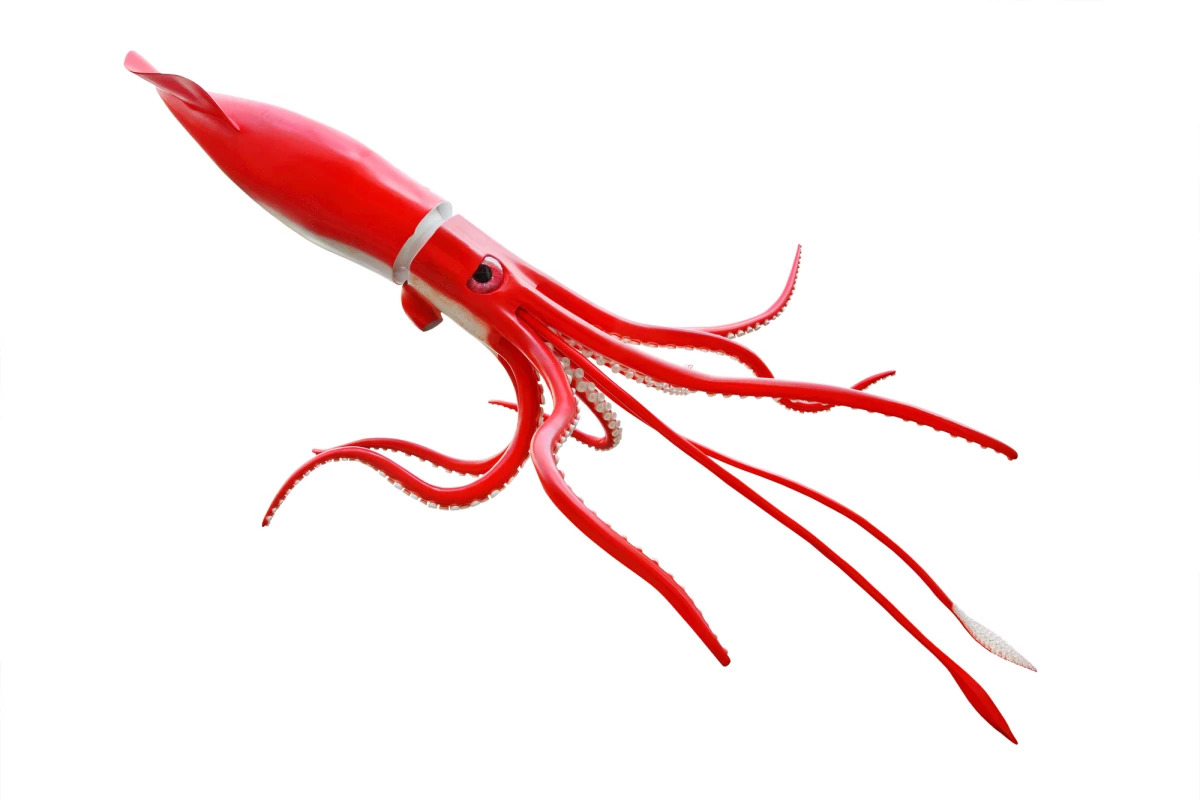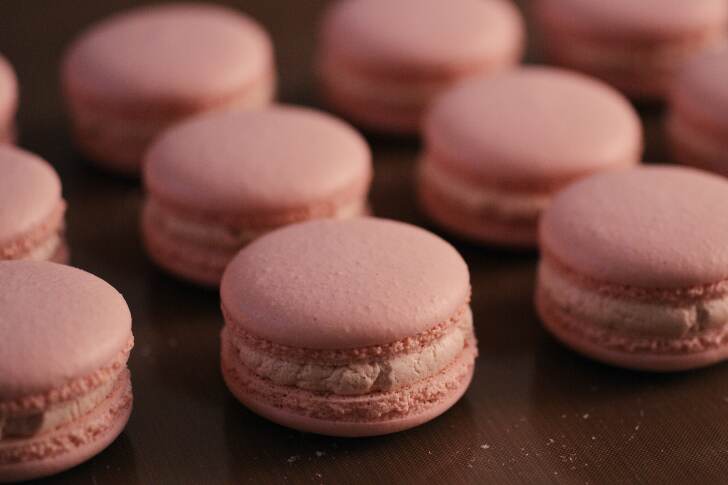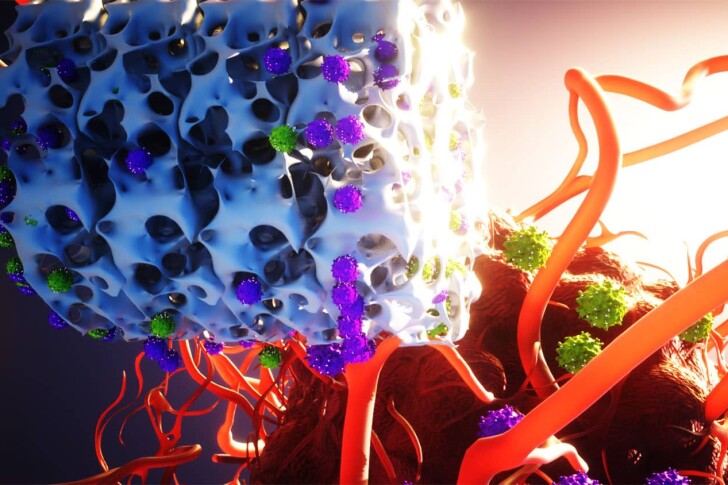 Using squid skin as a model, the UC Irvine team have developed a composite material that regulates heat. Depositphotos
Using squid skin as a model, the UC Irvine team have developed a composite material that regulates heat. Depositphotos
Often the guest of honor in a dish of calamari, the squid is such an odd sea dweller that it’s easy to mistake it for a creature from outer space. Aside from its dexterous tentacles, jet propulsion, high intelligence (for a mollusc), and disturbingly human-like eyes, the squid shares with other cephalopods the ability to change color in a flash.
The squid changes its patterns of color in order to hide from predators or prey, or as a way of communicating. It does so with such speed that it seems almost as if it has an in-built digital display. In fact, it manages this feat by means of what are called chromatophores. These are specialized sacs in the animal’s skin that contain pigment granules. By distorting the sacs using its muscles, the squid can alter their translucency, reflectivity, or opacity.
Using this as a model, the UC Irvine team came up with a composite material that, instead of shifting pigment about, regulates heat. It’s made of a polymer and metals and can reconfigure its structure to make it more or less reflective of heat, depending on how much stress is applied to it.
“The metal islands in our composite material are next to one another when the material is relaxed and become separated when the material is stretched, allowing for control of the reflection and transmission of infrared light or heat dissipation,” said Gorodetsky. “The mechanism is analogous to chromatophore expansion and contraction in a squid’s skin, which alters the reflection and transmission of visible light.”
However, it isn’t just the material that’s clever, but the team’s effort to make it practical from a commercial and an environmental point of view. By applying the copper on a substrate of aluminum and spraying it with multiple layers of polymers, the researchers say the new material can be produced in any roll-batch size with economies of scale that bring costs down to about US$0.1 m⁻².
The team says that the film could be used in everything from coffee cups to carry bags to shipping containers, and it has the advantage of insulating qualities that are tunable, so you can get your cocoa down to a drinkable temperature quickly. In addition, the materials can be recycled using conventional commercial methods by removing the metals and repurposing the remaining polymers.
So far, the material has been tested in the form of a coffee cup, achieving a 20-fold modulation of infrared radiation transmission and a 30-fold regulation of the heat-flow intensity under standardized testing conditions. In addition, the material holds up well to repeated mechanical cycling as it is stressed.
“There is an enormous array of applications for this material,” said Gorodetsky. “Think of all the perishable goods that have been delivered to people’s homes during the pandemic. Any package that Amazon or another company sends that needs to be temperature-controlled can use a lining made from our squid-inspired adaptive composite material. Now that we can make large sheets of it at a time, we have something that can benefit many aspects of our lives.”
The work was published in Nature Sustainability.
Source: UC Irvine
–
–























